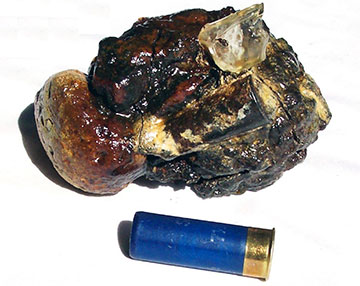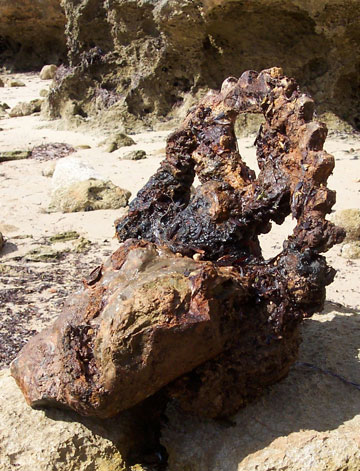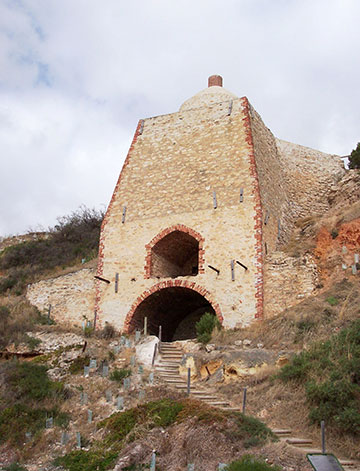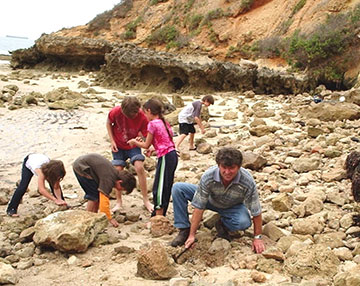Zippy fossil finds

Long-age thinking is so prevalent in our culture that most people just take it for granted. They assume that rocks and fossils took millions of years to form, even though we can’t begin to imagine what a million years would be like. But vast time is not necessary—the main requirement is a suitable mix of ingredients. Concrete is an obvious example.
Rocks on a beach at Wool Bay, South Australia, vividly demonstrate this fact. Visitors could spend the day unearthing fascinating modern fossils. John Roberts and his family did exactly that.
One of their fascinating finds was a rock, enclosing part of the differential casing of an old automobile. It is obviously not millions of years old, even though it looks natural. Technically, we could call it a fossil because a fossil is any evidence of past life found in a rock.
Of historic interest at Wool Bay is an old lime burner built into the cliffs. It is no longer used, but calcium carbonate is quarried nearby for cement production. It seems that mineralized water, running out of the limestone cliffs and across the beach, cemented the rocks.
The fossil hunters dug up another rock containing glass, pieces of pottery and shotgun shells.
These exciting rock formations show that rocks and fossils form naturally much faster than we are conditioned to believe. All it takes is suitable conditions, not millions of years.
Additional photos
(All photos provided by Marlene Roberts)








Readers’ comments
Comments are automatically closed 14 days after publication.